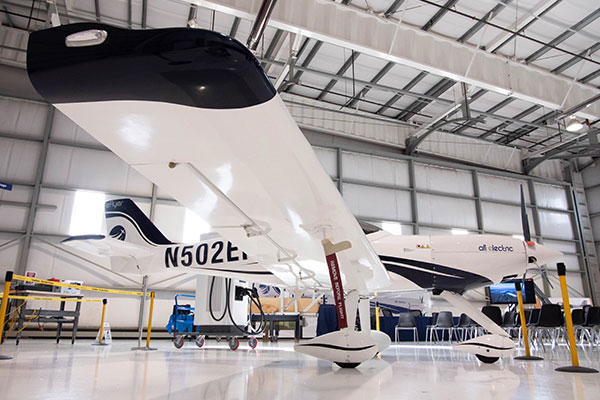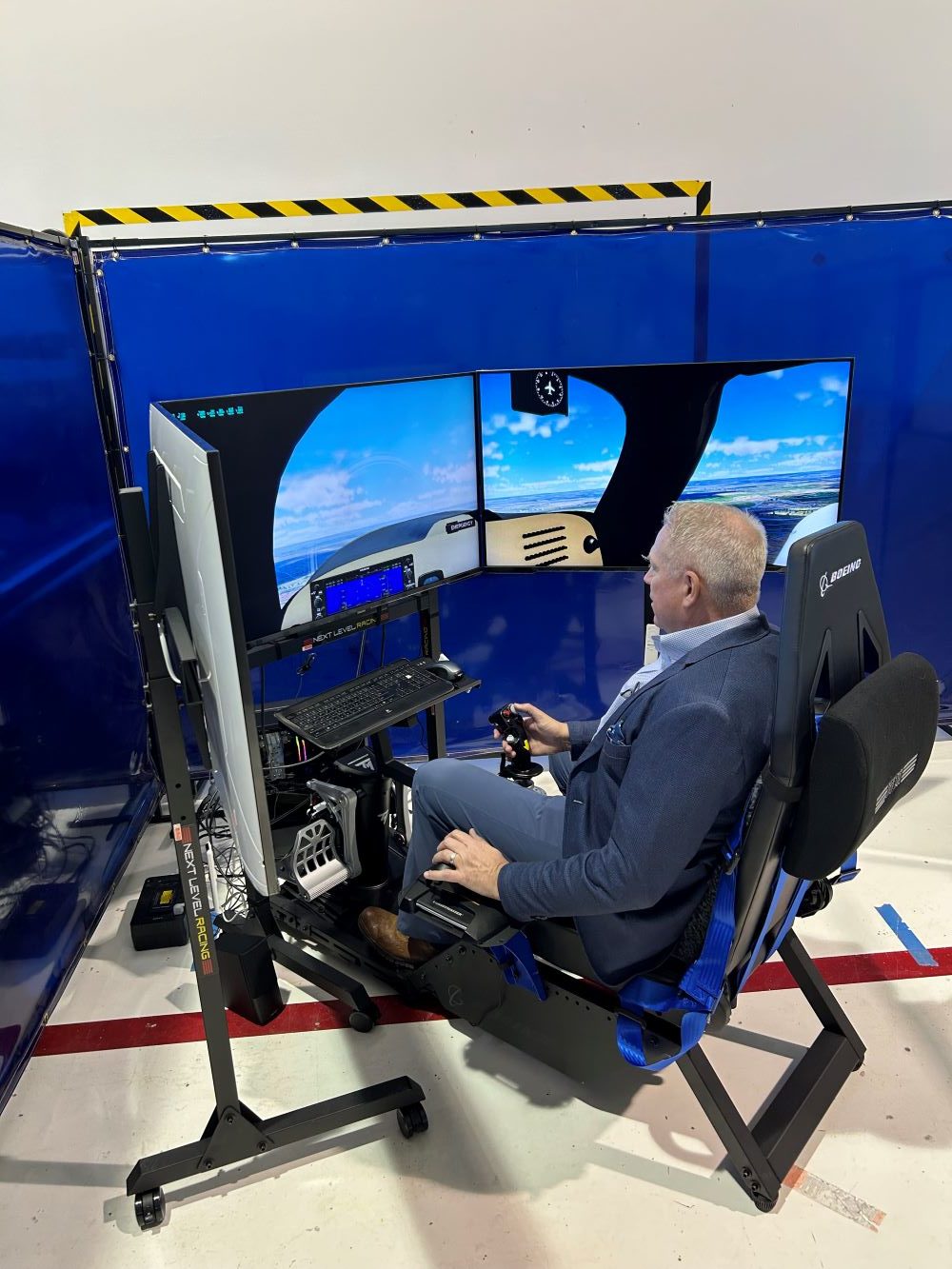Pilot Training Disruptor
The World needs more pilots, and flight schools need more training aircraft, and students need lower cost training. Technology now enables our eFlyer Team to bring flight schools and others the many disruptively positive benefits of all-electric aviation. Others like you are excited to join us as we move from design to build and certify an extraordinary purpose-designed aircraft—the eFlyer 2.


Why We’re Motivated
Bye Aerospace is the industry leader in breaking ground for cost-slashing all-electric aviation. Established in 2014 in Colorado, USA, Bye Aerospace was founded to introduce cutting-edge aircraft design and engineering services. Bye’s industry-leading efforts have grown from proving the viability of all-electric aircraft propulsion to now leading the industry with certifying the FAA first-ever Part 23, Amendment 64, all-electric training aircraft.
In addition to innovative engineering design and services resulting in the highly successful Silent Falcon (all-electric UAS), and Solesa (solar-powered, in part, all-electric, long-duration UAS), Bye retrofit a legacy, internal combustion engine Cessna 172, to demonstrate the feasibility of all-electric aircraft propulsion.
Based on retrofitting a streamlined, efficient training aircraft, Bye Aerospace smartly pivoted to a clean-sheet, aerodynamically clean (efficient) design to ensure the necessary airborne duration that flight training schools need.
The result is the eFlyer family of aircraft, starting with the eFlyer 2 (2-seat) aircraft followed by the 4-seat, the eFlyer 4, which shares a majority of design and composition with its eFlyer 2 forerunner.
